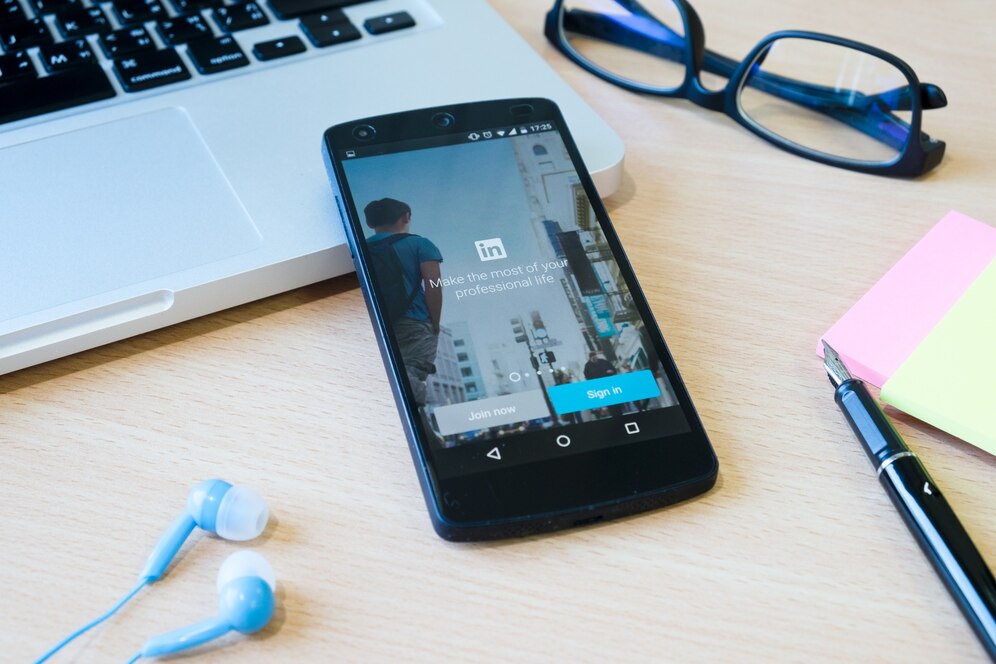
Building a Personal Brand to Advance Your Career
In today’s fast-paced, competitive job market, doing great work is no longer enough. To stand out, grow your network, and open new opportunities, you need to be seen, remembered, and trusted. That’s where personal branding comes in.
Your personal brand is your professional reputation—the way others perceive your skills, values, and personality. It’s what makes you memorable, credible, and influential in your field.
Whether you’re aiming for a promotion, launching a freelance career, or switching industries, mastering your brand is one of the most effective career growth strategies you can invest in.
In this blog, you’ll discover practical personal branding tips, learn how to project a strong professional image and develop an authentic presence that helps you get ahead.
What Is Personal Branding?
More Than Just a Logo or LinkedIn Profile

Personal branding is the intentional act of shaping how others see you professionally. It includes:
- Your expertise and achievements
- Your tone and personality
- Your online presence
- The value you consistently offer others
Think of it as your career identity—the story you tell and the impact you make.
Why Personal Branding Is Essential
- It builds trust: People choose to work with those they know, like, and trust.
- It sets you apart: In a crowded job market, your brand highlights what makes you unique.
- It attracts opportunities: Employers, clients, and collaborators are likelier to seek you out.
Strong branding = strong visibility = stronger career progression.
Personal Branding Tips to Get Started
1. Define Your Unique Value Proposition
Ask yourself:
- What are you known for professionally?
- What problems do you solve?
- What makes you different from others in your field?
Example: “I help startups translate complex tech into human-friendly marketing strategies.”
Your UVP should be clear, concise, and tailored to your audience.
2. Audit Your Digital Presence
Google yourself. What shows up?
- Update your LinkedIn profile with a compelling headline, complete experience, and a strong summary.
- Align your social media presence (Twitter, Instagram, etc.) with your professional goals.
- Use a professional photo across platforms for consistency.
Your online brand should tell a coherent story.
3. Share Your Expertise Regularly
Create content that reflects your knowledge and passions:
- Write LinkedIn posts or articles
- Share lessons learned from recent projects
- Comment thoughtfully on industry discussions
This builds authority and keeps your name visible in relevant circles.
Building a Professional Image That Supports Your Brand
Consistency Is Key
From your email signature to how you present in meetings, everything contributes to your professional image. Ensure alignment across:
- Visual branding (photos, CV design, portfolio layout)
- Verbal communication (tone of voice, how you speak)
- Behaviour (punctuality, etiquette, follow-through)
Consistency breeds trust and recognition.
Develop a Signature Style or Niche
Being a generalist has its merits, but specialisation builds credibility.
- Are you the “go-to” for a certain type of problem?
- Do you bring a fresh perspective to a traditional field?
Your niche helps people remember you—and refer you to others.
Seek and Share Testimonials
Social proof reinforces your credibility. Ask for testimonials from:
- Past employers
- Clients
- Colleagues or mentors
Share these on LinkedIn, your website, or in proposals to support your brand claims.
Career Growth Strategies Through Personal Branding
Network with Intention
Your personal brand thrives on relationships. Connect with:
- People in your industry
- Thought leaders or mentors
- Like-minded peers and collaborators
Be proactive: Attend events, join forums, and engage in conversations online. And remember—give before you ask.
Position Yourself as a Thought Leader
You don’t need to be world-famous to be seen as a thought leader. Start by:
- Speaking at meetups or webinars
- Guest posting on industry blogs
- Hosting a newsletter or podcast
Thought leadership increases your influence and perceived value.
Update Your Brand as You Grow
Your career evolves—your brand should too. Regularly review your:
- Online bios and summaries
- Portfolio or project list
- Personal mission and goals
Reposition yourself to match your latest achievements and future direction.
Common Branding Mistakes to Avoid
| Mistake | Why It’s Harmful | What to Do Instead |
| Being too generic | Fails to stand out | Define a clear niche or focus |
| Inconsistent messaging | Creates confusion | Align your tone, visuals, and values |
| Only showing achievements | Misses emotional connection | Share stories, lessons, and challenges |
| Neglecting your audience | Reduces engagement | Tailor content to your target market |
| Not updating regularly | Shows lack of growth or activity | Schedule quarterly brand check-ins |
Real-World Example: How Personal Branding Fuelled a Career Leap
Case Study: Emma, UX Designer
Emma started writing short LinkedIn posts about user-centred design. She shared case studies, offered beginner tips, and engaged with other designers’ content. Overtime:
- Her network grew by 400%
- She was invited to speak at a virtual conference
- A recruiter reached out for a senior role—with a 30% salary bump
Lesson: You don’t need a massive following—just a clear voice and consistent effort.
Your Brand Is Your Career Superpower

Personal branding isn’t about self-promotion—it’s about intentional visibility. It’s how you communicate your value, build trust, and open doors to the career you want.
By applying these personal branding tips, aligning your professional image, and committing to ongoing development, you’ll become more than just a job title—you’ll become a brand people remember and respect.
Take your first step today: Refresh your LinkedIn profile, write a short post about your latest project, or define your unique value proposition. Small moves lead to big results.